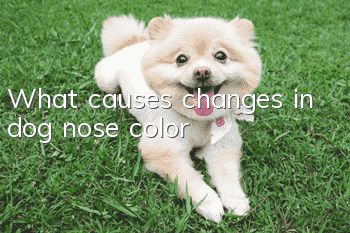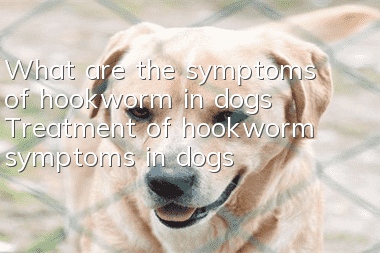What causes changes in dog nose color?

Changes that affect the color of a dog’s nose include its breed, age, and nutritional status. For example, the nose color of some breeds of dogs is required to be consistent with the color of their coat, and does not necessarily have to be black (such as Weimaraner hounds, border collies, etc.). Of course, although there are exceptions, the nose color of the vast majority of dogs is still mainly black. The main reasons for this phenomenon include:
Protect your dog’s nose from being burned by the sun
The nose is the only exposed skin on a dog that can be exposed to the sun. In order to prevent the DNA in the skin from being damaged by ultraviolet rays in the sun, the melanin content of the skin in this area is higher than that of other parts.
This is consistent with the fact that tropical people generally have dark skin. For owners of light-colored noses or hairless dogs, when taking their dogs out to receive sunlight in the summer, they must apply sunscreen to their dogs in advance, otherwise they will There is a risk of sunburn.
The intervention of people’s aesthetic tendencies in the breeding process
Black nose itself is prevalent among dogs, and people tend to continue this healthy characteristic when breeding new breeds. So now we see that many purebred dog standards stipulate that their noses should be black, but the original breeds of these breeds may not have the same requirements.
Why is my dog’s nose “faded”?
Except for a few breeds, the nose color of most dogs should be black, but there are still some dogs with pink noses or discolored noses. When analyzing these problems, the first thing to consider is the breed. Secondly, the possibilities for discoloration of the dog’s nose include:
1. The influence of age
When a dog is just born, the color of its nose is mostly pink. As it grows older, it will turn to black when it reaches adulthood at 8 months or 1 year old. At the age of older dogs, the dog's body function declines and its metabolism decreases. If it is not so strong, the melanin deposition ability in the body will also decline, and the nose will easily fade.
2. Nose discoloration caused by seasonal changes
Some breeds will experience periodic nose discoloration as the seasons change. Common huskies, Alaskan dogs, Labradors, golden retrievers, etc. are included in this list. This phenomenon mainly occurs in winter. When the weather warms up, the color of the nose will deepen and turn back to black.
3. Allergy
A very small number of dogs will have their nose pigment fade due to allergies to some materials. This usually occurs in contact with plastic and rubber products. However, this situation is extremely rare, and determining it requires the professional judgment of a veterinarian.
4.Skin diseases
Diseases such as eczema and vitiligo are also possibleCauses the dog's black nose to fade. This may be caused by congenital inheritance or acquired infection, which requires medical treatment.
5. Nutrient absorption disorder
This is usually a complication caused by digestive system diseases in dogs. The nutrients the dogs get from food or nutritional supplements cannot be fully absorbed, causing the problem that the more supplements they take, the less effective they will be. In this case, dogs usually don’t just have discolored noses.
If you want to restore the color of your dog's nose to a healthy black state, you must first figure out the reason for its fading. There are also many products on the market with the selling point of enhancing chroma deposition. You can use them as appropriate and increase your dog's outdoor exercise time. If the dog is exposed to more sun, the nose will darken faster.
- Why is your dog so stubborn and disobedient? Dog Behavior and Training Books!
- Treatment of dog mammary tumors
- Types, symptoms and treatments of kidney failure in dogs
- What should I do if my dog has serious bad breath? How can the poop shovel help dogs solve this problem?
- The weather is hot | Are dogs born to swim?
- Why do Shar-Pei dogs have so many wrinkles?
- The appearance characteristics and four major types of Mongolian Mastiff
- How much does a Shiba Inu cost and is it easy to keep?
- What should I do if my dog gets angry?
- What should I do if my dog has bad breath? Solutions to Dog Bad Breath Problem



